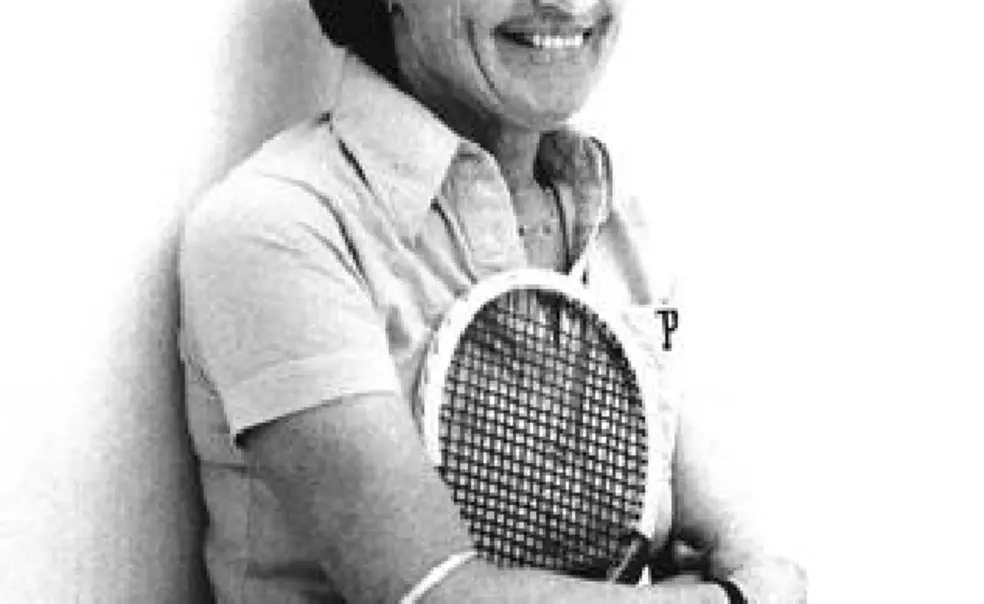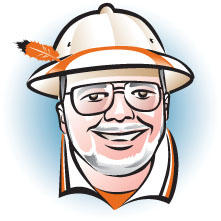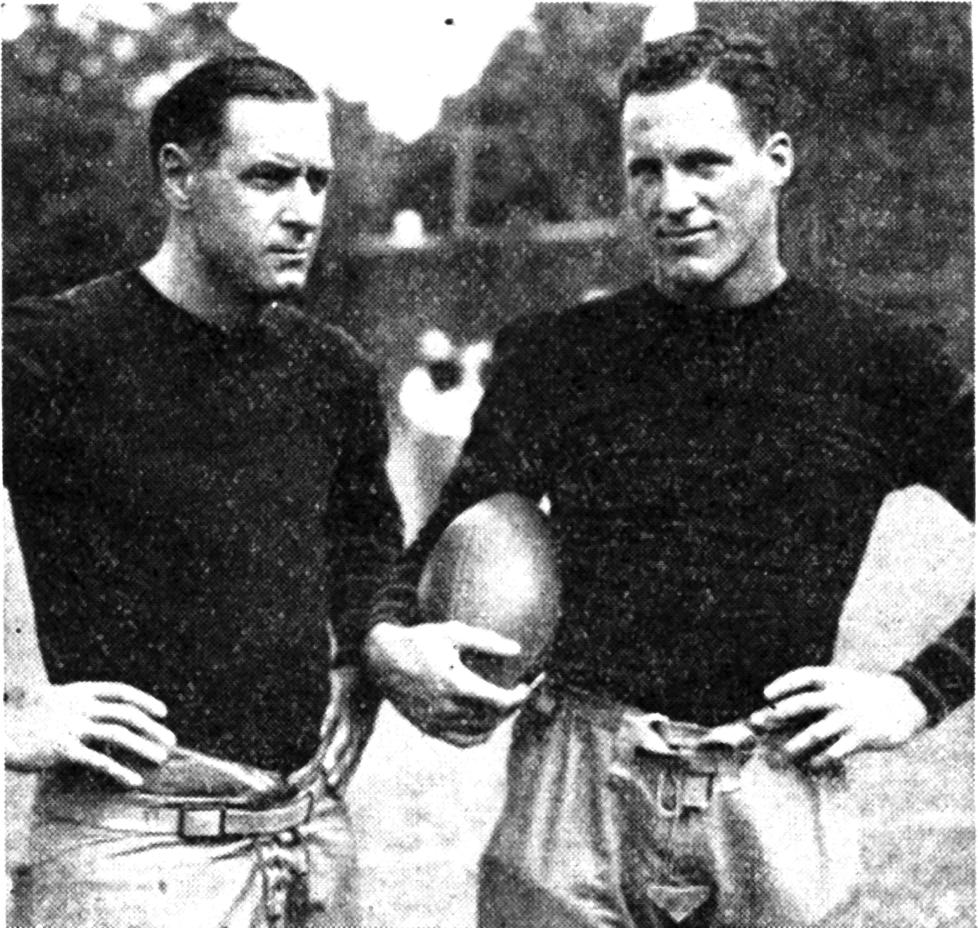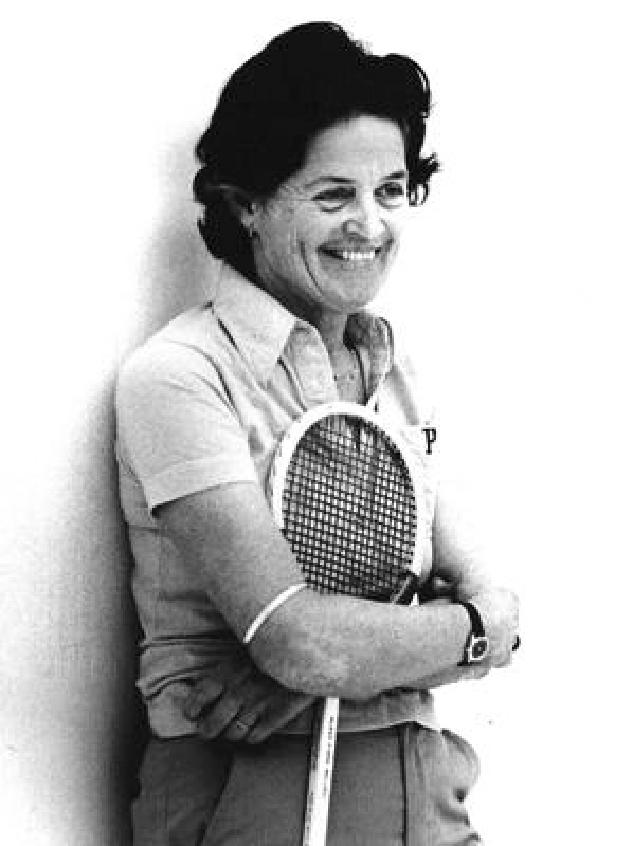Pepper Constable ’36 was a great Princetonian in virtually any sense you can conjure up. When football coach Fritz Crisler was king of Princeton in the ’30s, Pepper was the crown prince. In a tweedy collegiate world of Chads, Chips, and Cupes, he was the real deal; his name – honest to God – was W. Pepper Constable Jr. A valuable runner on the 1933 undefeated national champion football team that outscored its opposition 217-8, he then was captain of the again-undefeated national-champion team of 1935 and finished fourth in the Heisman Trophy balloting, the highest of any Tiger other than Dick Kazmaier ’52, and was drafted by the NFL. Pepper had other stews to season, however. A three-time president of his class and winner of the Pyne Prize, he went to Harvard Medical School, served four years as a flight surgeon in World War II, then returned to practice for 20 years in Princeton, where he was chief of medicine at the medical center, a pillar of the growing community.
So it is exceedingly odd that nothing mentioned so far is likely to be his most important legacy to his alma mater – that he inadvertently accomplished in 1950 when he wooed and won the lively and athletic Elizabeth Howe. “Who?” you say? You would know her best as Betty Constable, one of true colossi (collossae? Whatever …) of women’s athletics in the United States. And therein lies our tale.
The Howe family dominated the formative years of women’s squash in the United States to the extent that Time ran an article about it in 1959; this was before Betty had coached a minute of college squash. Her mother, Margaret, had been the national singles champion in the 1930s, then after World War II Margaret’s twin daughters took over. Peggy (the younger finesse righty) won twice, and Betty (the elder bulldog lefty) five times. The annual tournament among Eastern cities that evolved into the national women’s team championship was christened the Howe Cup in recognition of the family’s impact on the sport.
When Princeton went coed in 1969, it fortuitously had in place the brand-new Jadwin Gym complex, with wonderful facilities for possible women’s varsity teams. After a couple of years to plan, women’s intercollegiate sports were launched in the fall of 1971. Since Betty Constable was hanging around town with Dr. Pepper (I just had to say it) and happy to coach, one of them was squash. Five months later, in its first home match ever, the Tiger team, which included six women with less than a year’s experience holding a racquet, beat a squad of Penn seniors 5-4. That same year, Constable sponsored and organized the college division of the Howe Cup as an intercollegiate women’s team championship. The very next year, the Tigers won it with a roster including only two seniors and one junior. Thus legend begat legend.
It certainly seemed that Princeton in the early 1970s, with its century-long tradition of macho athletic fixation and with notable recent successes in football (four Ivy championshiops in the ’60s) and basketball (eight in the ’60s, plus an NCAA Final Four), might regard varsity sports as a sacred male province. But much to the University’s credit, the opposite view prevailed: that a varsity team was a varsity team, and they all deserved support, if not equal lineage in Sports Illustrated. There were six women’s sports to begin with, and all of them thrived. Women’s crew won the Eastern Sprints in its first season with one senior and one junior rowing. By its fourth season, field hockey was undefeated. By their fourth season, the women swimmers had a combined 27-3 record and two Eastern championships under their caps. The basketball team won the first four Ivy titles after the league began full competition in 1975. The tennis team, seemingly springing full-grown from the forehead of Zeus, won its first 39 dual matches and its first 10 Middle States tournament championships.
Betty Constable made that all look pedestrian. Her dual-match record in 20 years as Tiger coach was 117-15 (.886 winning percentage, if you thought it was a typo). The squad’s longest losing streak during her tenure was two, which happened only twice. Ten of her 20 teams were undefeated in dual matches; 12 of them won the Howe Cup and thus the national championship. The U.S. Squash Hall of Fame opened for business in 2000; its inaugural class included only six women, including Betty Constable. Wendy Zaharko ’75 (of Constable’s original 1972 squad), Nancy Gengler ’80, and Demer Holloran ’89 combined for seven individual national titles; Constable’s all-Ivy players are far too numerous to list in this space.
But she really gloried in taking women who had never seen a squash court and turning them into fiercely competitive national-champion contenders on all the rungs of the Princeton ladder. In a very personal sense, she took Princeton’s assertive male athletic history – of which her husband was an integral part – and showed it to be sex-blind; whether your name happened to be Johnny Poe 1895, Bill Bradley ’65 or Amie Knox ’77, you could burn with competitive fire and carry the Tigers’ gonfalon with the very best. Even though she retired in 1991 and died in 2008, you can see her influence in sports she never played, in students who never met her. As much as Fritz Crisler (who once was called by President Harold Dodds *1914 the best teacher in the University), Charlie Caldwell ’25, or Pete Carril, Betty Constable shows the upside of intercollegiate sports in a serious educational institution, far and above establishing that women are just as good at them as men.
Not for nothing did Pepper win the Pyne Prize.















No responses yet